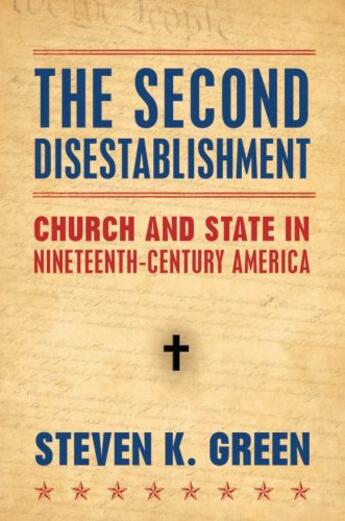-
Nombre de pages : (-)
-
Collection :
(-)
-
Genre :
(-)
-
Thème :
Non attribué
-
Prix littéraire(s) :
(-)
Résumé:
Debates over the proper relationship between church and state in America tend to focus either on the founding period or the twentieth century. Left undiscussed is the long period between the ratification of the Constitution and the 1947 Supreme Court ruling in Everson v. Board of Education,... Voir plus
Debates over the proper relationship between church and state in America tend to focus either on the founding period or the twentieth century. Left undiscussed is the long period between the ratification of the Constitution and the 1947 Supreme Court ruling in Everson v. Board of Education, which mandated that the Establishment Clause applied to state and local governments.
Steven Green illuminates this neglected period, arguing that during the 19th century there was a "second disestablishment." By the early 1800s, formal political disestablishment was the rule at the national level, and almost universal among the states. Yet the United States remained a Christian nation, and Protestant beliefs and values dominated American culture and institutions. Evangelical Protestantism rose to cultural dominance through moral reform societies and behavioral laws that were undergirded by a maxim that Christianity formed part of the law. Simultaneously, law became secularized, religious pluralism increased, and the Protestant-oriented public education system was transformed. This latter impulse set the stage for the constitutional disestablishment of the twentieth century.
The Second Disestablishment examines competing ideologies: of evangelical Protestants who sought to create a "Christian nation," and of those who advocated broader notions of separation of church and state. Green shows that the second disestablishment is the missing link between the Establishment Clause and the modern Supreme Court's church-state decisions.
Donner votre avis














